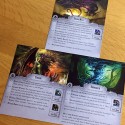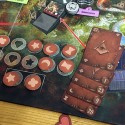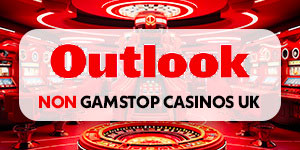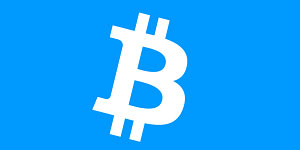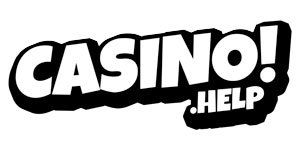‘Arkham Horror: Final Hour’ Board Game Review
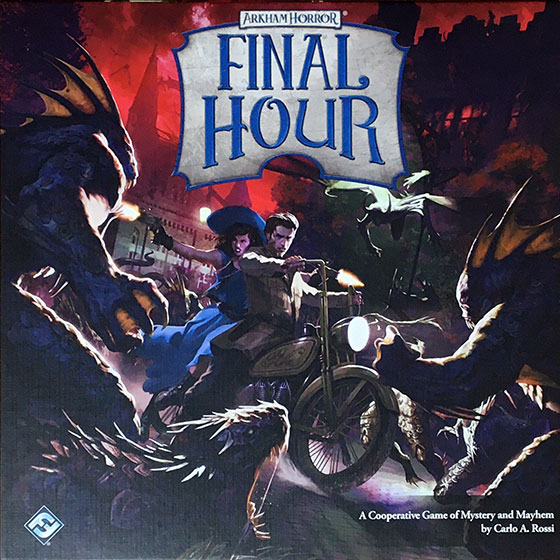
H.P. Lovecraft’s Arkham universe has proven to be a rich source of inspiration for board games in the past ten years, and Fantasy Flight Games have been particularly prolific in creating games featuring the Elder God Cthulhu and his madness-inducing minions – often referred to as “The Deep Ones.” Alongside their Mansions of Madness and Arkham Horror games, the latest spin off is Final Hour, a standlone game set in the same universe and featuring the same characters, albeit with a much more puzzle focused feel.
Final Hour is played either cooperatively or solo, with the players battling desperately to reverse a ritual that has already taken place at the infamously unstable Arkham University. The narrative elements of the game paint the picture that Cthulhu and his forces are spilling into the campus through a number of gates, and if the ritual is not reversed quickly, the end of the world will surely follow. The game can end (badly) should the ritual location be overrun, or if time runs out – but it can only be won by locating a series of clues and then solving a final puzzle.
Setup is fairly straightforward, especially once you’ve done it a few times. The player(s) simply choose one of the three Elder Gods to face off against and then follow the appropriate series of steps, including randomly placing monsters, gate tokens and clue tokens, then setting up the character specific decks of cards depending on who they choose to play as. I should mention that even though Final Hour is a standalone game, the characters are the same as those in several other FFG products, so there’s a nice bit of familiarity for returning players.
Once complete, the board will look fairly packed with tokens. Each location will have at least one or more monsters on it, whilst there will be three gate locations that feature specific tokens. In addition, each other location will have a face down clue token, whilst two clue tokens (chosen at random) will be placed onto the ritual space of the board. The chosen Elder God will have its own card placed to the side of the board, and each one has some slight subtleties, albeit nothing that creates much of a setup or gameplay overhead.
The objective of the game is for the players to deduce which two clue tokens have been placed onto the ritual spaces and correctly reverse the ritual, either before or on the last round of the game. To do this, the players will need to move around the board investigating the clues in each location, which in turn allows them to be flipped up and eliminated from the final reckoning. Whenever the players feel confident that they know the answer, or if the game reaches its final round, the players will then use priority cards (which I’ll cover in a moment) to try and match the same symbols as those reserved in the ritual spaces.
Priority cards control several of the game mechanics, including the actions that players take on each turn, the behaviour of The Old Ones and Elder Gods and the symbols that the players can use to try and match the ritual, should they either wish to or have to attempt a reversal. Each turn, the players will draw the top card from their investigator deck, then play it with one of the priority cards in their hand. With four players, each player does this just once, and the the action available to them will depend on where their priority card ends up in the overall order.
Long story short, the two highest priority card numbers will be resolved last, and the bottom action on each card will be taken, whilst the first two priority cards will trigger first, along with the top action. In two and three player games, each player will act twice, whilst in a solo game, there will be two investigators taking two actions each, but the way the priority is chosen is different to accommodate the fact that there is only a single player.
To summarise the actions a little unfairly, the top actions tend to focus on movement and combat, whilst the bottom actions are often either necessary (like investigating clues) or powerful (healing, mass damage etc) but will tend to also bring more monsters onto the board. This forces the players to want to play a number of both top and bottom actions, and the decision is often focused on what is optimal given the current board state and the priority cards that your compatriots have played, since people playing low cards likely want their cards to trigger with the top action and vice versa.
As top and bottom actions trigger, the players will usually affect the board state quite a bit. The characters will move one or more locations (often up to three or four) and will usually destroy at least one to three monsters with a top action. Bottom actions tend to allow clues to be moved off the board, but can often add monsters back in, whilst other abilities might heal a player or do something else that is critical to success. Once this is all done, the number of symbols on the priority cards used will be compared to the Elder God card that is being used, and an action (such as monsters moving, destroying locations or spawning) will be triggered.
Both the player phase and the Elder God phase of Final Hour progress rapidly, and the game has a sense of pace about it that keeps it moving along very nicely. If solo games are your thing, then it also plays very well in this mode, offering an experience that is very much like a mixture of efficiency and deduction puzzles. In multiplayer, the feeling of working desperately against the clock is present, but so too is an almost “mind reading” style aspect that will be familiar to players of Wolfgang Warsch’s The Mind, as you try to guess whether other players want to use top or bottom actions – I should mention that no communications are allowed.
There are a couple of slight issues with Final Hour, but they are minor. Firstly, this is one of FFG’s lower budget releases and whilst all the components are fine and functional, they do lack some of the showier miniatures and features of more expensive games. Alongside that, the game is fairly random (by design) and so the players can find themselves in unwinnable situations through relatively little fault of their own, but I think that’s often the case with solo or competitive games that have to use randomisation to keep the experience fresh. On that note, I’d also have liked more than three Elder Gods to spice things up even more.
Given its price point and relatively low key release fanfare, Final Hour has the capacity to surprise with its unusual and enjoyable cooperative and solo gameplay. The theme shines through on every turn, and whilst the game uses some unusual ideas – the priority card system and the deduction elements – it actually feels pacey and straightforward to play. If the Cthulhu mythos appeals to you and you have the capacity to play cooperative games within your group, then Final Hour is one that I would recommend as being worth a look.
***½ 3.5/5
Final Hour is available online at 365Games.co.uk, or at your local games store. Don’t know where yours is? Try this handy games store locator

